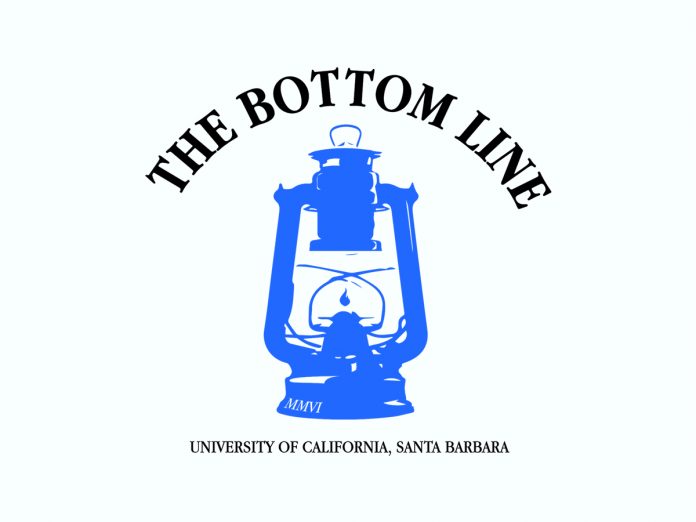Krystal Chen
Staff Writer
According to a recent study conducted by the Wildlife Conservation Society, more than one third of protected lands have shown signs of degradation due to human activity. Roads, mines, tourism infrastructure, and cities are threatening these protected lands, which has resulted in significant damage to ecosystems, as well as a substantial reduction of biodiversity.
Ever since Yellowstone National Park became the world’s first protected area, the United States has established more than 200,000 terrestrial nature reserves.
Although these protected areas are designed to safeguard wildlife, and many nations have launched efforts to maintain biodiversity and limit human impact, many of these areas are still damaged by human activity, especially densely populated areas in Europe, Asia, and Australia.
To measure the damage humans are causing to these areas, researchers applied the concept of a “human footprint,” which is weighted by incorporating data on the extent of built environments, navigable waterways, nighttime lights, and railways, as well as population density. Based on these criteria, more than 50 percent of protected lands have experienced increases in human pressure.
As the land experiences increased pressure, so do animals. Endangered animals have been significantly impacted by construction projects within the borders of protected areas and excessive tourism.
One project that has threatened the stability of these animal populations is the construction of an express highway from Nairobi to Mombasa, which projects through Tsavo East and Tsavo West national parks in Kenya. The corncrake and Basra Reed Warbler are two endangered species threatened by this project.
Additionally, devastating tourism infrastructure disrupts the natural life cycle of animals by altering their environments in protected lands, such as Sierra Nevada De Santa Marta in Colombia and Parque Estadual Rio Negro Setor Sul in Brazil.
Some harm has already been done, but the study indicates that some measures can be taken to safeguard these lands. Although the amount of protected land currently in jeopardy is alarming, the study indicated that territories governed by strict environmental protections are still able to maintain statistically lower levels of human pressure.
For instance, reservation sites, including the Keo Seima Wildlife Sanctuary in Cambodia and Yasuni Biosphere Reserve in Ecuador, have been particularly successful at thriving in the midst of human impact.
Humans and nature are intertwined, which means that placing a burden on ecosystems poses unprecedented threats to humans as well. Natural resources assist social advancement by consistently generating energy; however, humans’ unsustainable demands on natural resources undermine ecosystems’ stability, resulting in massive biodiversity declines and irregular natural activity, such as landslides, desertification, and climate change.
Governmental regulations have proven to be a crucial determinant of how much human pressure is allowed to influence an ecosystem. With intensive damage already caused by human activities, it is not too late to take a move.
“We know protected areas work — when well-funded, well-managed and well placed, they are extremely effective in halting the threats that cause biodiversity loss and ensure species return from the brink of extinction,” states James Watson, Director of Science and Research Initiative at the Wildlife Conservation Society.
This study serves as a reality check to governments and individuals alike. We are responsible for protecting our environment











